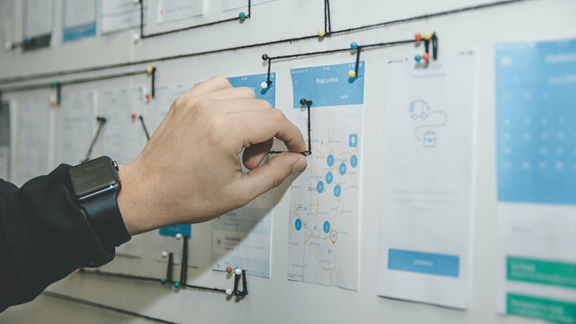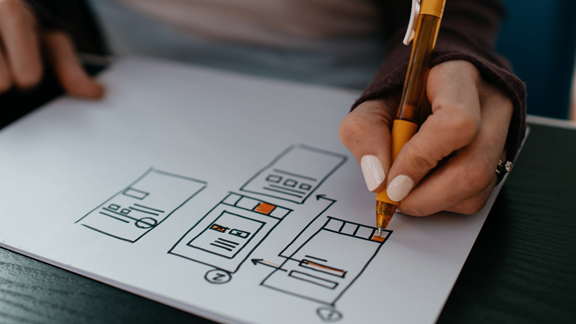Landing your first role in UX


Determine what is important to you in your first role. For example, what type of environment would you prefer:
Is there a preference over a start-up, an agency or in-house? Do you want to work for a small company, or multinationals?
Think about the culture that you would flourish in and the people you want to work with. For example, would you like a culture that values diversity and inclusion, learning and development and/or teamwork? Is progression within the company important to you?
Think about the impact of the work you want to be doing.
You don't have to get this right the first time. Internships are a great way to try different types of companies and figure out what works for you.
Applying for a position
Employers review many portfolios, so showcase your best and most relevant case studies first to grab their attention. Think about what it includes, how it flows and explain your process and thinking throughout each case study. Also make it easy for the hiring manager/interviewers to view and navigate through your portfolio.
Having an incomplete portfolio could give other candidates an advantage, and there is a lot of competition for entry-level roles. There’s nothing stopping you from applying, but it may make it more difficult to secure the next stage of the application process, and you’re more likely to face rejections. Focus on quality over quantity - it’s better to have two projects you’re really proud of than five average ones.

So you’ve sent off your application and received the good news that the company would like to invite you to an interview. What do you do next? You can begin preparing by looking at common interview questions such as: tell me about yourself? What are your strengths and weaknesses? Why do you want to work for us? Revisiting the job description could help you predict some of the interview questions.
You can use the STAR (Situation, Task, Action, Result) method to help structure your answers to the interview questions. The situation is where you set the scene and give context. The task involves describing what needs to be done and why. For action,
explain the steps you took to do the task, and result is the outcome of your actions.
If you have a portfolio interview, consider having a PDF or presentation deck of your case studies, as this will be easier to create, personalise (for the role), and present over Zoom compared to a portfolio website. At Kin + Carta, you will be introducing yourself and getting to know your interviewers followed by the portfolio review. Then the remainder of the interview will give both you and the interviewer an opportunity to ask questions.
To figure out if the company and the role are right for you, prepare a few questions for the interviewer. Questions could include:
Importantly, if you’re doing your interview remotely, test the video calling software in advance to avert any potential issues.

As promised, here are some resources: